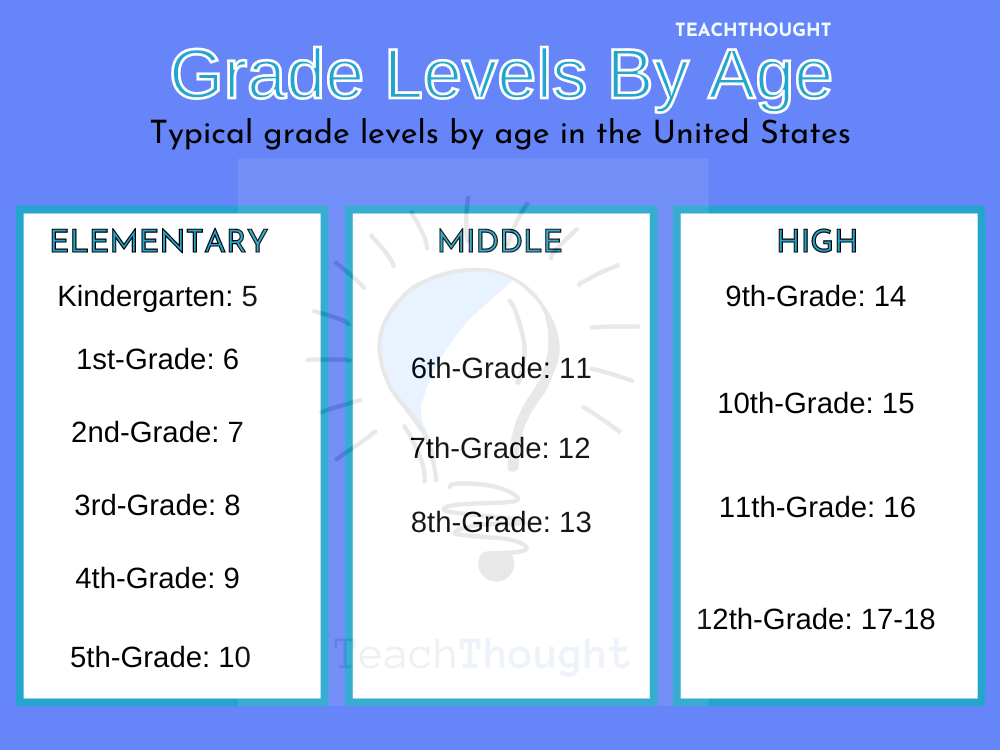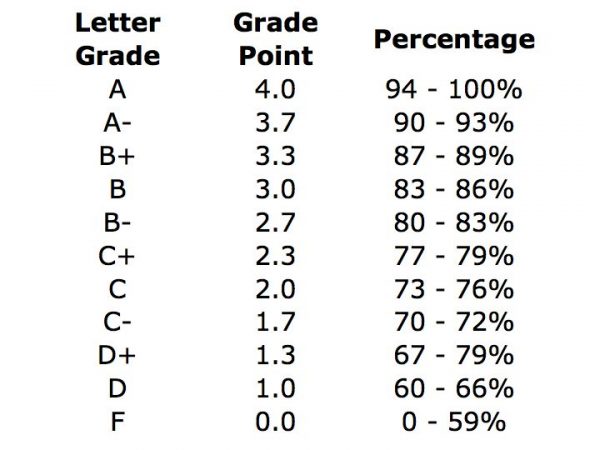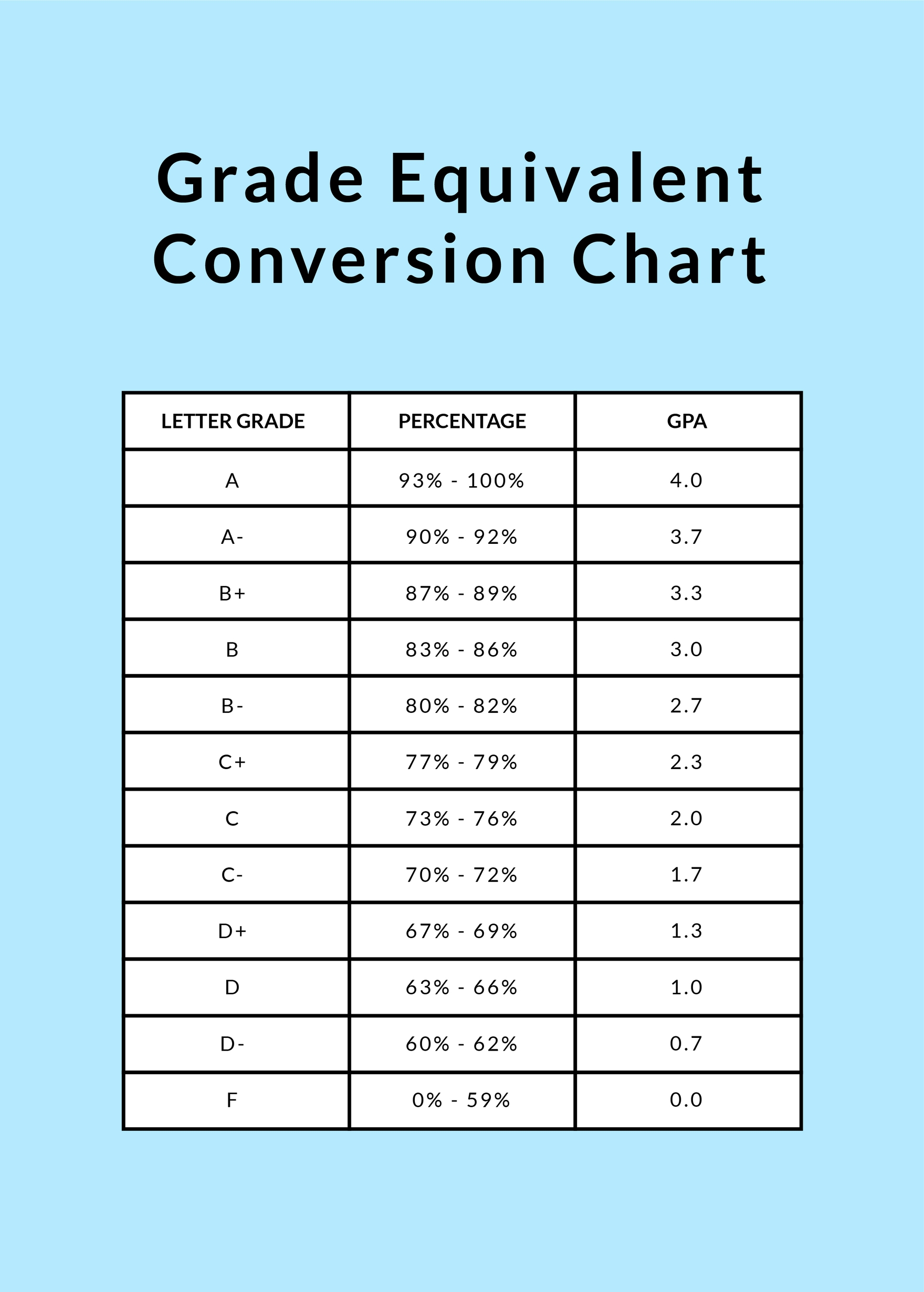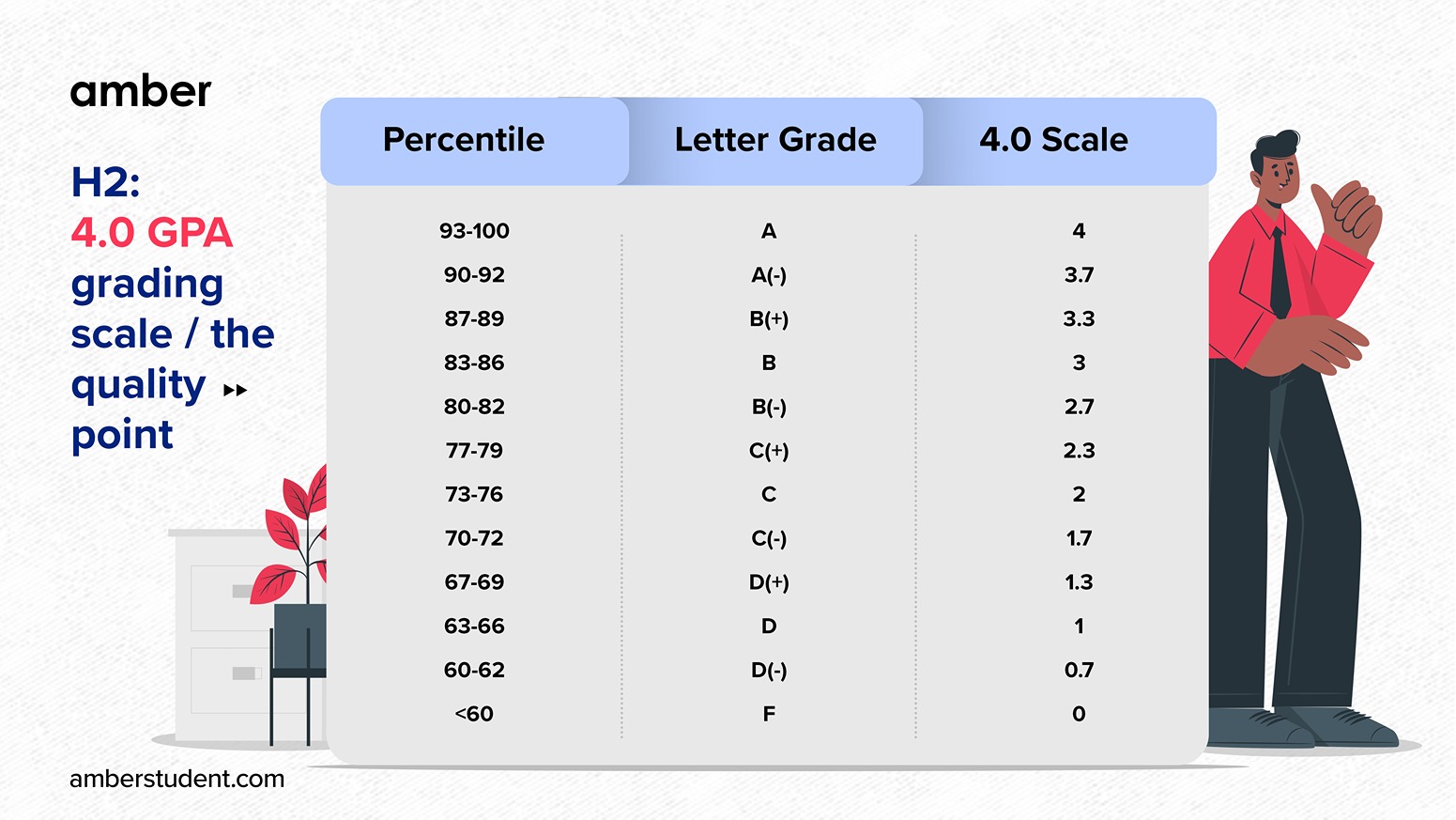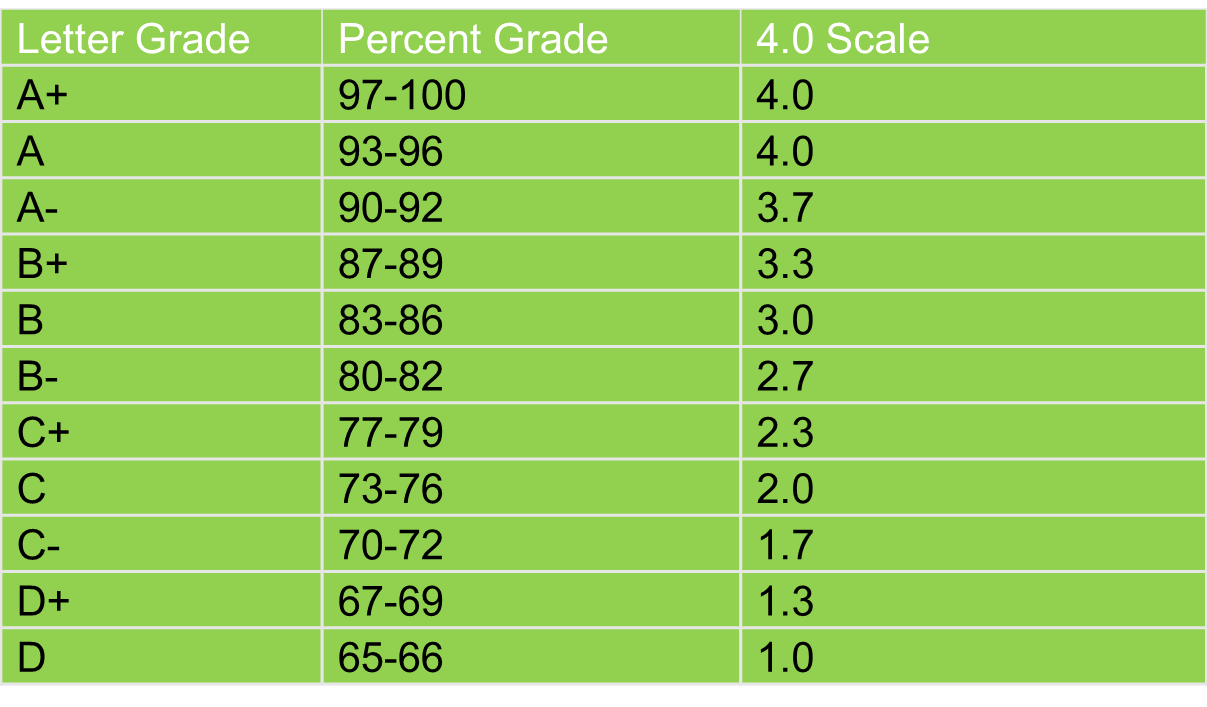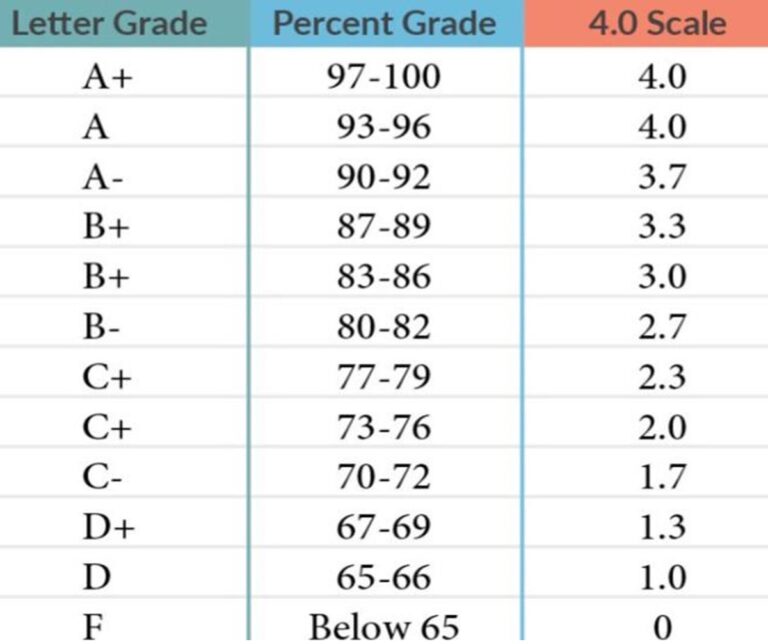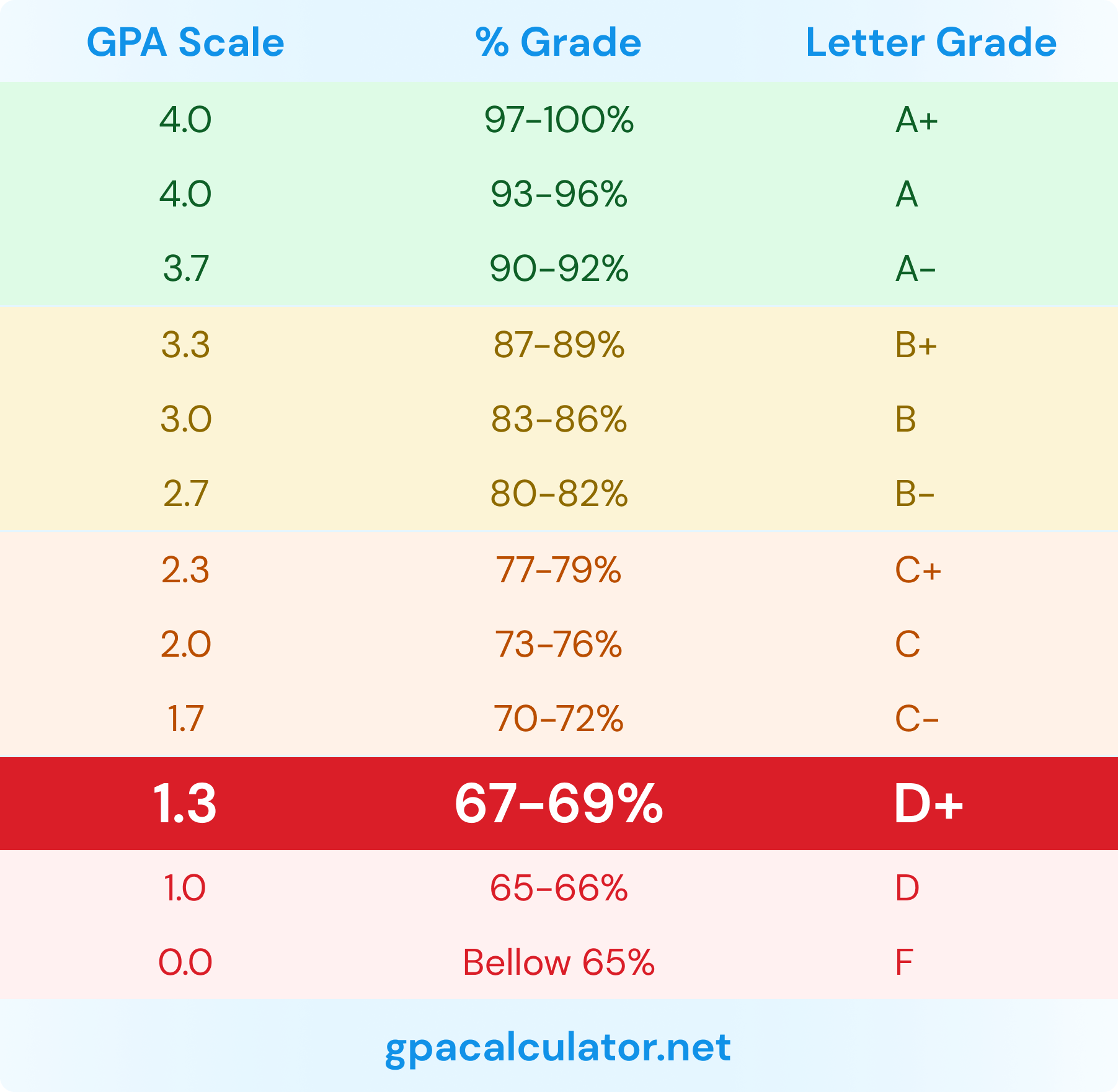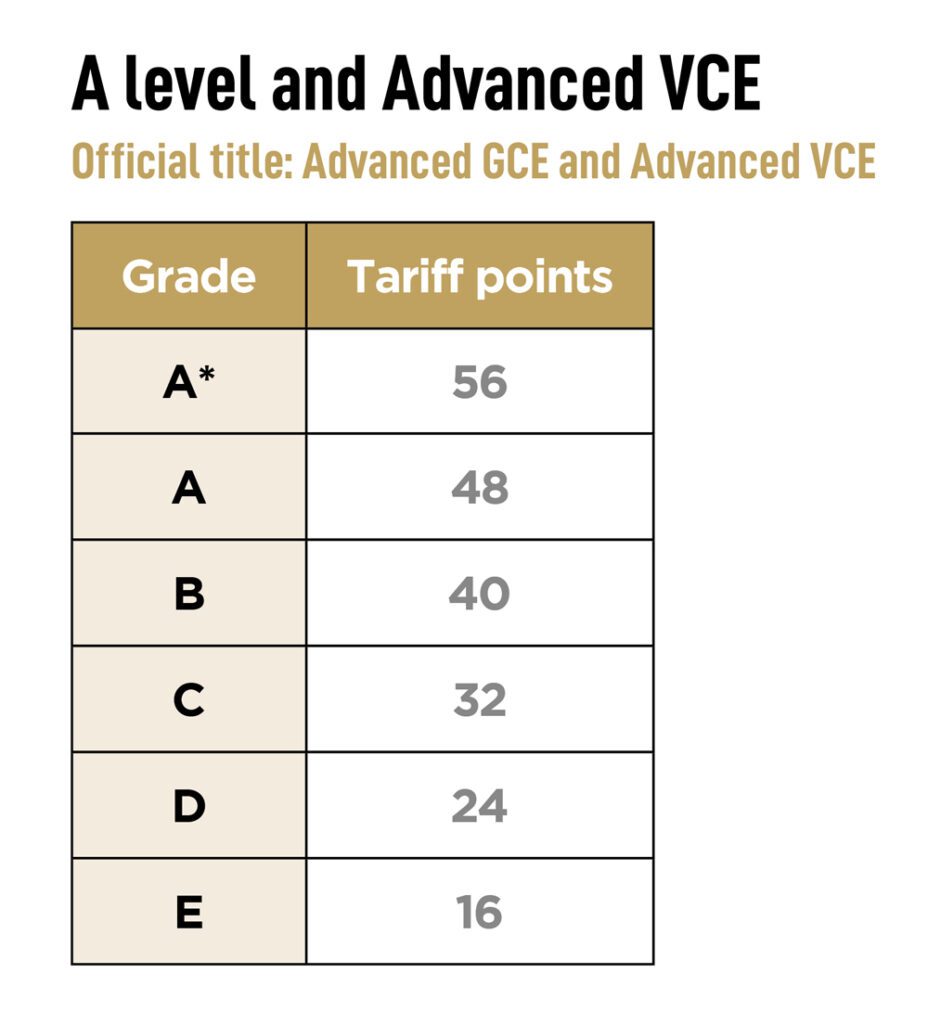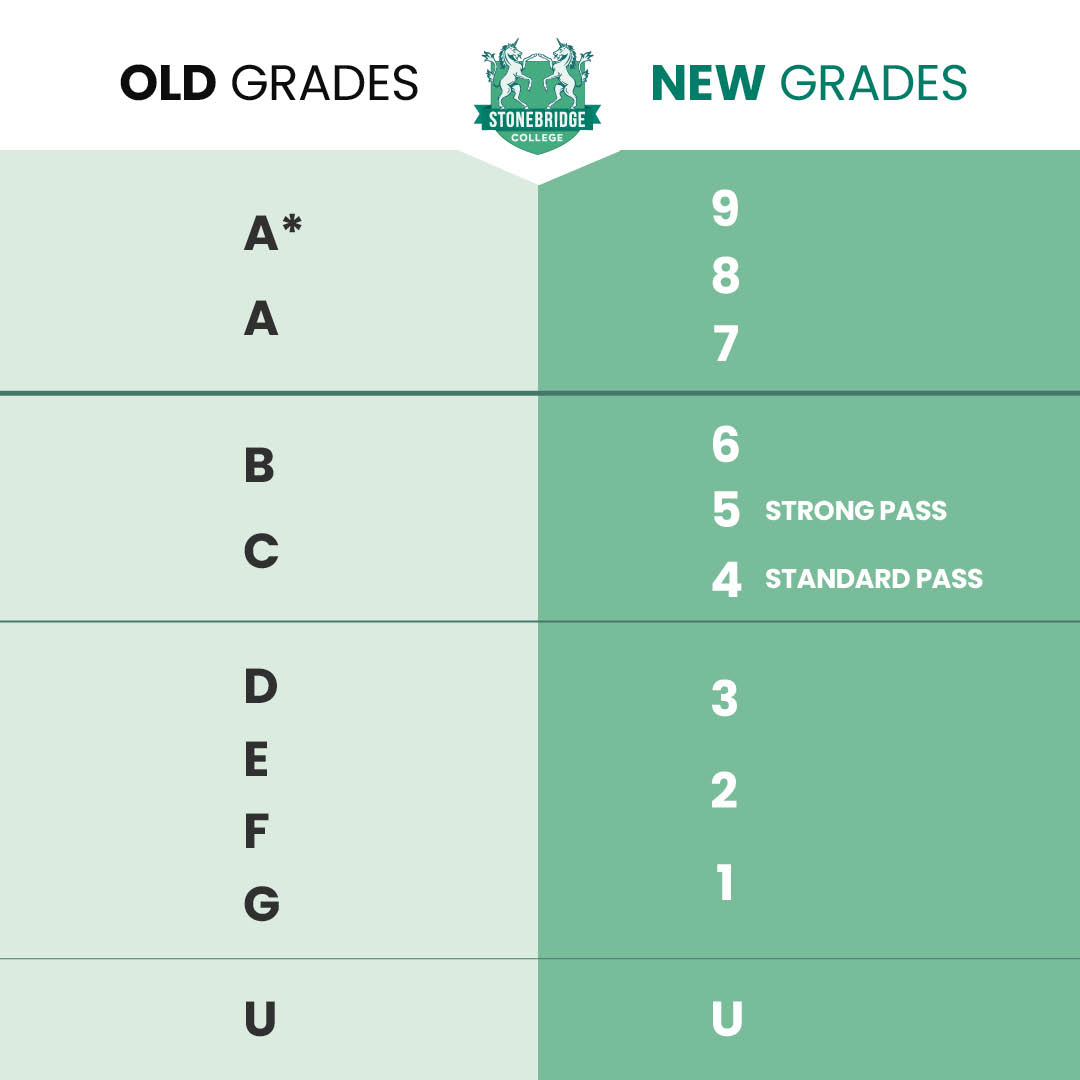What Is A 10 Out Of 12 As A Grade

The air crackles with confusion for students and parents alike as a peculiar grade surfaces: 10 out of 12. It's not a standard percentage, not a letter grade everyone understands, and its meaning varies dramatically depending on the institution employing it. This ambiguity breeds frustration, leading to a scramble for clarification and potentially impacting academic performance.
Understanding what a 10/12 grade means is critical for interpreting academic standing. This article delves into the murky waters of this grading system, examining its potential origins, diverse interpretations, and the challenges it presents to accurate assessment and student understanding. We'll explore how different institutions utilize this grading metric and the potential consequences for students navigating this unconventional approach.
Decoding the 10/12 Grading Scale: A Patchwork of Interpretations
The 10/12 grading scale lacks a universally accepted definition. Its usage appears to be limited and often institution-specific, creating significant inconsistencies. There's no official standardization body dictating its precise equivalent in percentage or letter grade terms.
Some institutions might use 10/12 as roughly equivalent to a high B or an A-. This interpretation suggests the student has demonstrated strong understanding of the material. However, without explicit context, this is merely an educated guess.
Other schools could employ a different conversion, perhaps linking 10/12 to a specific percentage range, such as 83-86%. This range would also typically correlate to a B+ grade, highlighting the importance of confirming the exact conversion used by the institution.
Potential Origins and Rationale
The exact origins of the 10/12 grading scale are difficult to pinpoint. Its existence might stem from a desire to offer more granularity than traditional A-F letter grades.
Another possibility is its use in specialized programs or courses that require a nuanced assessment approach. For example, some vocational training programs might use a 10/12 scale to evaluate specific skill attainment.
It's also plausible that the 10/12 scale arose as an internal system within a smaller academic department or school. Such isolated adoption contributes to the lack of widespread understanding and uniformity.
Challenges and Implications for Students
The primary challenge with a 10/12 grade is its inherent ambiguity. Students are left unsure of their actual standing in a course. This uncertainty can cause anxiety and hinder their ability to accurately assess their progress and adjust their study habits accordingly.
Grade point average (GPA) calculations become problematic when using a 10/12 scale. Without a standardized conversion to traditional letter grades or percentage, integrating this grade into a cumulative GPA is difficult and potentially inaccurate.
The ambiguity can also impact scholarship applications, college admissions, and job opportunities. Institutions unfamiliar with the 10/12 scale may struggle to interpret the grade, potentially disadvantaging students.
"Understanding the grading system is crucial for students to accurately gauge their performance and make informed decisions about their learning," states Dr. Anya Sharma, an education consultant with over 15 years of experience. "The lack of clarity surrounding the 10/12 scale hinders this process."
Communicating the Grade Effectively
Clear and transparent communication is essential when using a non-standard grading scale. Instructors should explicitly explain the meaning of the 10/12 grade at the beginning of the course.
Providing a detailed rubric outlining the criteria for each score is crucial. This helps students understand the specific skills and knowledge being assessed and how their performance translates to the 10/12 grade.
Schools should also provide an official conversion table that translates the 10/12 grade to a standard letter grade or percentage. This allows students and external institutions to accurately interpret the grade and calculate GPA.
Seeking Clarity: What Actions Can Students Take?
Students encountering a 10/12 grade should first consult their course syllabus. The syllabus often contains information about the grading policy and potential conversions.
If the syllabus is unclear, students should directly contact their instructor for clarification. Asking for specific examples of what constitutes a 10, 11, or 12 can provide valuable insight.
Consulting with academic advisors is another important step. Advisors can help students understand the institution's grading policies and how the 10/12 grade will impact their overall academic record.
Proactive communication is key to minimizing confusion and ensuring accurate interpretation of the grade.
Expert Opinion: The Need for Standardization
Education experts argue for greater standardization in grading practices. A lack of consistency creates unnecessary challenges for students and hinders accurate assessment.
Professor David Lee, a renowned educational psychologist, suggests that, "While innovative grading approaches can be beneficial, they must be implemented with careful consideration and clear communication. Ultimately, a standardized system that ensures fairness and transparency is ideal."
The adoption of alternative grading scales should be accompanied by robust support mechanisms and clear explanations to avoid confusion and promote student success.
Moving Forward: Towards Greater Clarity and Transparency
The 10/12 grading scale represents a microcosm of the broader challenges surrounding grading practices in education. While the intention behind such alternative systems may be noble, their implementation often falls short due to a lack of standardization and clear communication.
A shift towards greater transparency and consistency is crucial. This includes providing students with detailed rubrics, clear explanations of grading policies, and standardized conversion tables.
Ultimately, the goal is to create a grading system that accurately reflects student performance, promotes learning, and ensures fairness and equity for all. This might require a reevaluation of existing practices and a commitment to standardized approaches that benefit both students and institutions.

